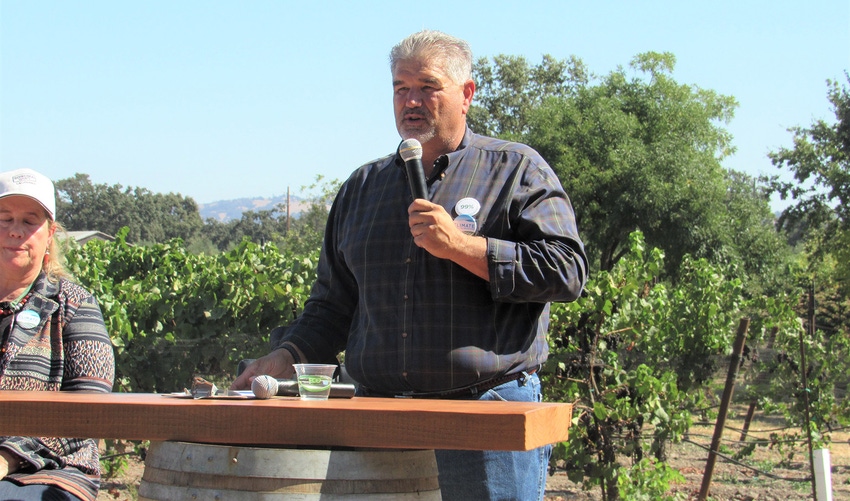
Virtual vineyard and winery tours, dinner-and-wine kits, and supper-at-home have replaced the pre-pandemic “Let’s eat out tonight” adventures, and Ciatti, Global Wine and Grape Brokers based in Novato, Calif., say that trend is reflected in their latest California Report.
“Off-premise wine sales were up as high as 66% in the last weeks of March as pantry-stocking consumers bought heavily in anticipation of Shelter-in-Place orders,” according to the report.
“There will be winners and losers in the marketplace,” the report states. “Those whose brands supply the off-premise channel will do well as will those who supply the value end of the market. The world is still turning, wine is getting bottled and being shipped, and consumers are still buying wine.”
Numbers in late March showed all tiers experiencing double-digit growth with new membership in direct-to-consumer wine clubs increasing by 578% and online wine sales increasing by up to 224%.
“The current situation is yet to greatly impact California’s grape market. If the demand for bulk wine seen at the end of March continues over the coming weeks and months, it will eventually feed through to the grape market.”
So what will that mean for growers? The latest numbers showed: “In the past few days, we have seen a few wineries in Central Valley contact growers about potentially buying grapes. The 2020 crop situation will remain unclear until bloom in May or June when frost risk has passed. Hopefully by then, we’ll also have a better handle on the coronavirus situation and its impact.”
A grower’s perspective
Ciatti’s Glenn Proctor maintains a vineyard in Tri-Creek Valley and also functions as Chairman of the Sonoma County Wine Grape Commission, so his observations are first-hand, “I know the trials and tribulations of being a grower and we’ve been through some tough years, like the larger-than-anticipated 2018 crop followed by a slowing of consumer wine consumption.
“From a grower perspective, you need a plan to manage risk and your return by controlling costs and making sure your grapes aren’t left on the vine,” he said. “If you’re a grower waiting to get the price per ton you got two years ago, that’s probably the wrong tactic. You need to be realistic about current realities and opportunities in the short term until the market finds its balance moving forward. Based on what I know today — and that could all change tomorrow — this is still a business and needs to be managed as such.”
There are rays of sunshine and glimmers of hope, however.
“At some point wineries are going to need to reload their inventory and resume buying grapes,” he said. “There are still a number of people pulling their hair out, unsure of what they will do because in some cases, you’re damned if you do and damned if you don’t.
“There will be some winners and some losers on the winery front — and that will play out into the grape front too with some growers positioned to do well and others overextended, heavily leveraged, and those situations are a bit tougher to understand how they will play out. If you’re a grower, you know there’s good years and bad years and you need to be able to make it through both.”
Proctor cautions that it is still too early to say for sure.
“We’re seeing an uptick in terms of value-based wines that may be a positive sign for grape activity in the Central Valley,” he said. “It’s been hand-to-mouth where people on the bulk market have been looking for wine they can bottle tomorrow, but as shelter-in-place consumption trends continue to rise, there’s a need to be filled. Until this trend continues long term, we’re a bit cautious about committing to any inventory, but there are some signs that things are a little bit better.”
Again quoting the Ciatti April Report: “California’s overall inventory, although still plentiful, feels a little tighter than it was a few weeks ago.”
For more news on pests, disease management and other issues affecting vineyards, subscribe to the bi-monthly newsletter The Grape Line.
About the Author(s)
You May Also Like




